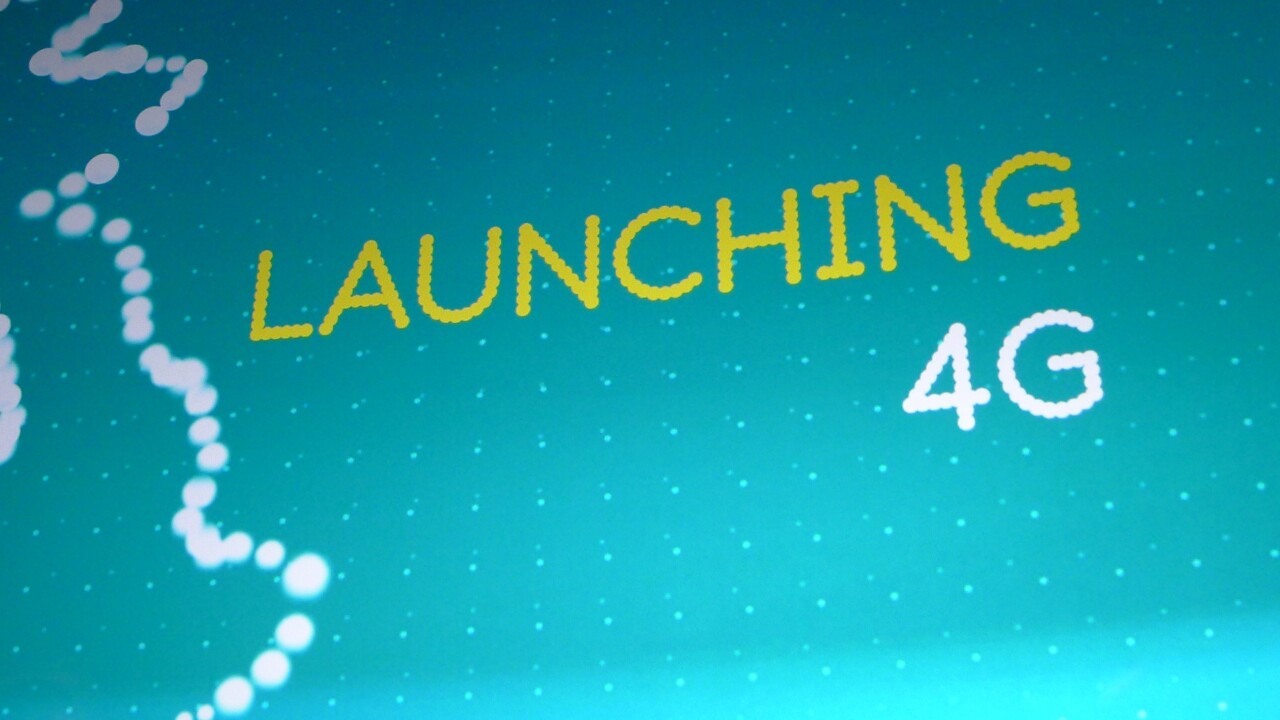
EE, the UK’s biggest mobile operator in terms of subscribers and first UK operator to offer 4G LTE services, announced today that it will extend its new 4G networks to 17 new towns and cities by March 2013.
In the first three months of 2013, EE says it will switch the service on in Bradford, Chelmsford, Coventry, Doncaster, Dudley, Leicester, Luton, Newport, Reading, Rotherham, St Albans, Sunderland, Sutton Coldfield, Walsall, Watford, West Bromwich and Wolverhampton, while continuing to invest in new network launch sites in additional metropolitan areas.
EE’s new network sites will extend coverage to an additional four million people across the UK, following recent launches in Derby, Newcastle and Nottingham. The operator also says that Belfast, Hull, Maidenhead and Slough will gain access before the end of 2012, bringing its total launches to 18, which is two ahead of schedule.
“By the end of the first quarter of 2013, 4G will be available in 35 towns and cities across the UK, making superfast mobile accessible to thousands more customers and businesses every day,” says Olaf Swantee, Chief Executive Officer of EE. “We’re delighted with the progress of the 4G rollout – we are improving the network every day, delivering superfast mobile to more and more people right across metropolitan areas, whether they’re using their devices outdoors or in their homes and offices. This has struck a chord with businesses in particular, with great demand being seen. We’re delighted to already be powering large, medium and small businesses with 4G.”
The operator launched 4G in ten cities on October 30, switching it live in ten cities: London, Birmingham, Cardiff, Bristol, Edinburgh, Leeds, Sheffield, Manchester, Liverpool and Glasgow.
The company pumped £1.5 billion into its mobile and fiber infrastructure, creating the “biggest, the best and fastest network in the country,” offering customers a simple, visible signal that no matter which of EE’s mobile bands they use, they will be part of the biggest band network in the UK. EE began this process by updating iPhones running on T-Mobile and Orange networks with its new EE branding.
Ofcom had previously agreed to allow EE to repurpose its 1800 MHz band to launch a 4G LTE service before the regulator officially begins the spectrum auction.
EE says it has been investing more in increasing network density, not only ensuring that customers are able to get access to superfast data speeds but remain connected in high-density areas:
Engineering work continues in each area until the 4G coverage matches that of the EE 2G and 3G network. As well as increasing capacity to meet the demand from thousands of new customers signing up to 4GEE, this ensures that 4G is available throughout an entire area with strong voice and data service available indoors.”
With T-Mobile and Orange customers also part of EE’s networks, the parent company expects to upgrade its DC-HSPA 3G coverage to reach 40 percent of its existing network.
EE has the 4G market to itself until early 2013, when Ofcom will open the bidding process for the 800 MHz and 2.6 GHz bands. Companies were invited to submit their applications earlier this week, ahead of a January 2013 auction.
Get the TNW newsletter
Get the most important tech news in your inbox each week.





